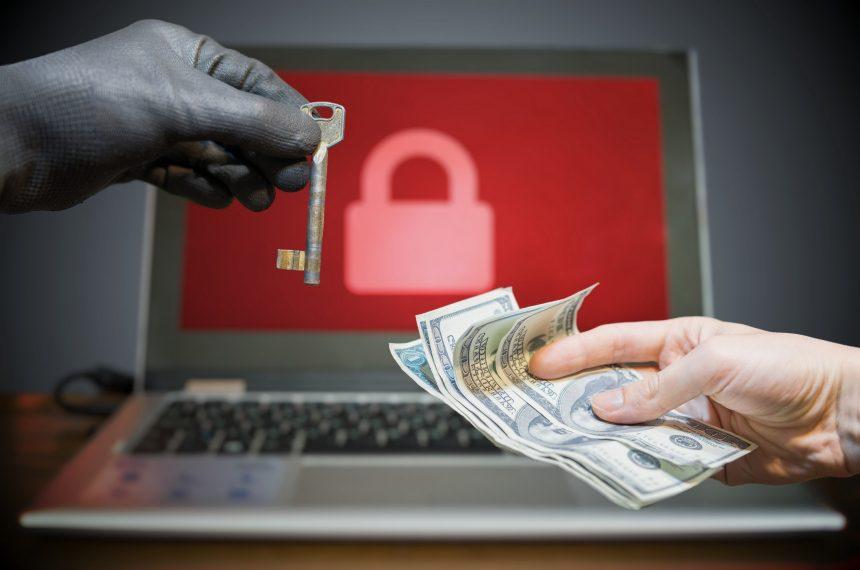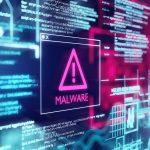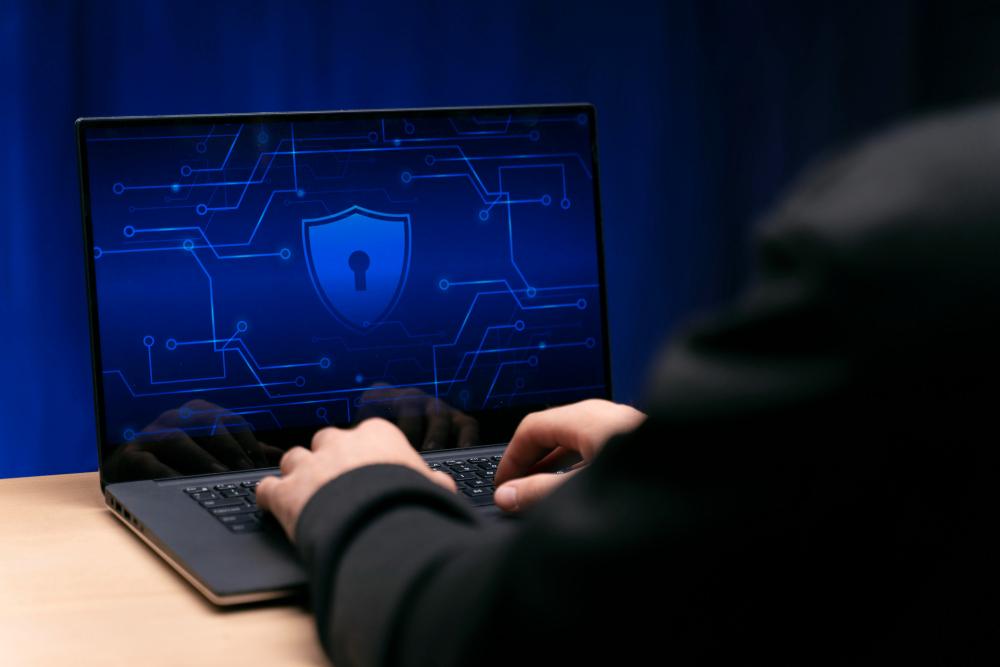In the realm of cyber threats, the Z912 ransomware has emerged as a potent adversary, encrypting files and holding victims’ data hostage. This article aims to provide insights into the actions and consequences of the Z912 ransomware, explore its detection names, shed light on similar threats, offer a comprehensive removal guide, and suggest best practices for preventing future infections.
Unraveling the Z912 Ransomware
Z912, a variant based on the Chaos ransomware, employs encryption to block access to files on the victim’s computer. This malware appends four random characters to filenames, creating a unique identifier for each encrypted file. The ransom note, titled “Importante para recuperar tus archivos.txt,” is written in Spanish and informs victims about the encryption program associated with Z912.
The note communicates the unfortunate reality of the situation, stating that decryption is not feasible, leaving victims unable to access their files. Notably, the absence of contact information in the ransom note suggests that the cybercriminals behind Z912 may be either in the developmental stages of their malware or utilizing it for personal amusement rather than financial gain.
The consequences of a Z912 infection are severe. Victims find themselves unable to access their files, with crucial documents and data rendered inaccessible. The encrypted files bear a distinct extension consisting of four random characters, making file recovery challenging without the decryption key.
In dealing with ransomware like Z912, victims are often faced with the dilemma of paying a ransom or seeking alternative recovery methods. However, paying the ransom is discouraged due to the uncertainty of receiving a decryption tool and the ethical considerations surrounding funding cybercriminal activities.
Detection Names and Similar Threats
Z912 is detected by reputable antivirus solutions using various names, including Avast (Win32:Dropper-gen [Drp]), Combo Cleaner (Gen:Variant.Ransom.Hydracrypt.7), ESET-NOD32 (Win32/Dorkbot.B), Kaspersky (Trojan-Ransom.Win32.Foreign.hfpc), and Microsoft (Trojan:Win32/Wacatac.B!ml). These detection names serve as crucial identifiers for recognizing the malicious nature of the application.
Similar threats in the cyber landscape include variants such as Tisak, BO Team, and Cdmx. These ransomware strains share the commonality of encrypting files and demanding a ransom for their release, contributing to the growing challenges posed by malicious actors in the digital realm.
Removal Guide
Swift and decisive action is crucial when faced with a Z912 infection. Here’s a comprehensive guide for removing Z912 and mitigating its impact:
- Isolate Infected System: Disconnect the infected system from the network to prevent the spread of the ransomware to other connected devices.
- Identify and Remove Malicious Files: Conduct a thorough antivirus scan to identify and remove files associated with Z912. Pay close attention to the ransom note and any unusual files.
- Restore from Backups: If available, restore your files from clean backups. Ensure the backups are not connected to the infected system during the restoration process.
- Change Passwords: Given the potential compromise of login credentials, change passwords for online accounts to prevent unauthorized access.
Best Practices for Prevention
Preventing future infections requires a proactive approach to cybersecurity. Consider the following best practices:
- Regular Backups: Maintain regular backups of important data to minimize the impact of potential ransomware or data loss attacks.
- Educate Users: Train individuals to recognize phishing emails, suspicious links, and attachments. Awareness is a powerful defense against social engineering tactics.
- Software Updates: Keep your operating system and applications up to date to patch vulnerabilities that cybercriminals may exploit.
- Secure Browsing Habits: Avoid visiting shady websites and downloading software from untrustworthy sources. Exercise caution in online activities.
- Endpoint Security: Deploy robust endpoint security solutions to detect and prevent ransomware infections in real-time.
In conclusion, the Z912 ransomware serves as a stark reminder of the persistent threats in the digital landscape. By understanding its actions, recognizing detection names, and adopting proactive security measures, users can fortify their defenses and navigate the challenges posed by evolving cyber threats.





